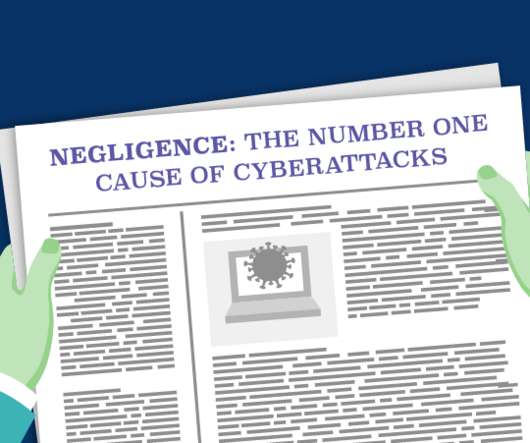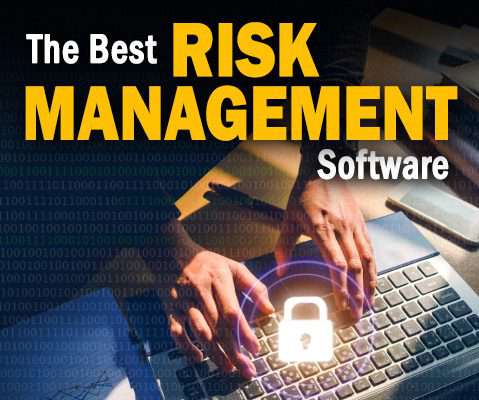What a 1930s Bank Robber Can Teach Financial Institutions About Ransomware
Pure Storage
FEBRUARY 7, 2022
The statistics are quite shocking, to say the least: According to the New York Fed , financial institutions are subject to as many as 300x more cyberattacks per year than any other sector. More than one-third of financial services organizations surveyed by Sophos , a British security firm, were hit by ransomware in 2020.






























Let's personalize your content